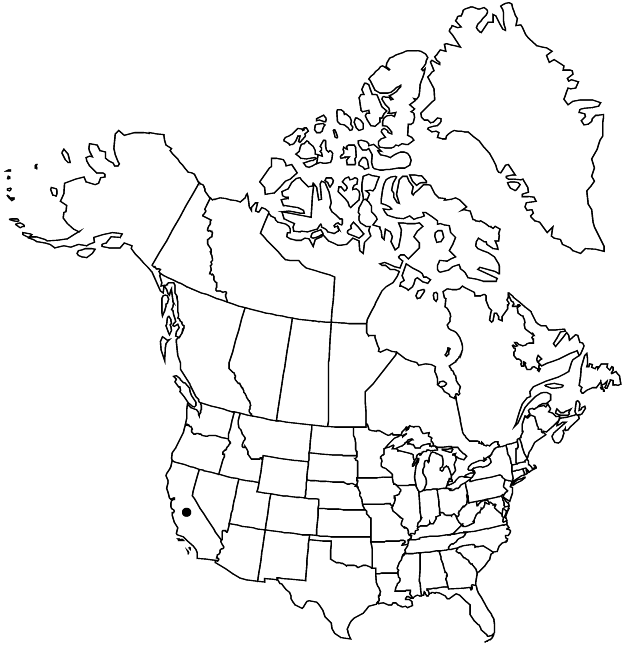Eriogonum umbellatum var. minus
Bull. S. Calif. Acad. Sci. 17: 64. 1918.
Herbs, dense, prostrate mats, 0.3–1 × 0.5–2 dm. Aerial flowering-stems spreading, 0.2–0.8 (–1.5) cm, tomentose, without one or more leaflike bracts ca. midlength. Leaves in tight rosettes; blade usually round-ovate, 0.3–0.8 (–1) × 0.3–0.8 cm, densely lanate on both surfaces, margins plane. Inflorescences usually compact-umbellate; branches 0.5–2.5 cm, tomentose, without a whorl of bracts ca. midlength; involucral tubes 1.5–2 mm, lobes 1.5–2 mm. Flowers (2.5–) 4–6 mm; perianth lemon yellow to yellowish red, becoming red to rose-red.
Phenology: Flowering Jul–Sep.
Habitat: Gravelly to rocky or talus slopes and ridges, sagebrush communities, montane to subalpine conifer woodlands
Elevation: (1800-)2400-3100 m
Discussion
Variety minus is a rare and localized taxon in the San Bernardino and San Gabriel mountains of Los Angeles and San Bernardino counties. It is one of the more distinctive expressions of the species and is attractive in the garden. A Parish collection (Aug 1915, DS) supposedly from the San Jacinto Mountains of Riverside County is presumed to be mislabeled. This variety is closely related to var. bahiiforme.
Selected References
None.
Lower Taxa
"dm" is not declared as a valid unit of measurement for this property."dm" is not declared as a valid unit of measurement for this property."dm" is not declared as a valid unit of measurement for this property.

